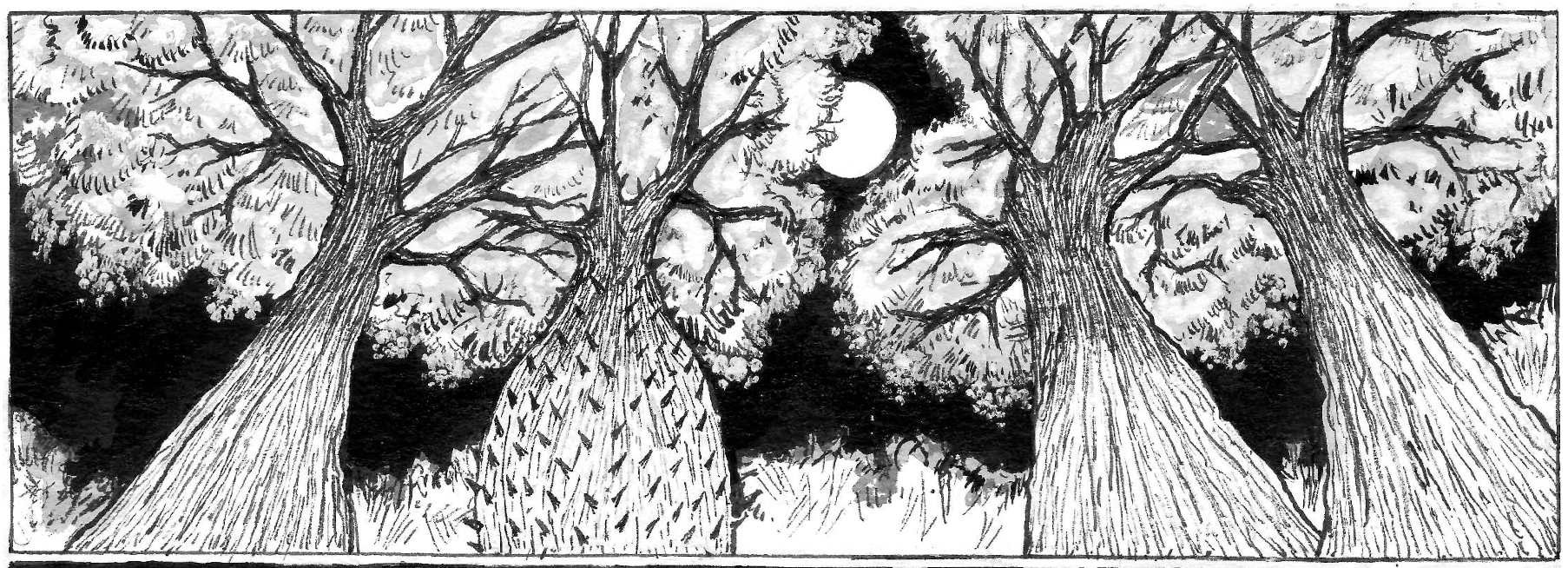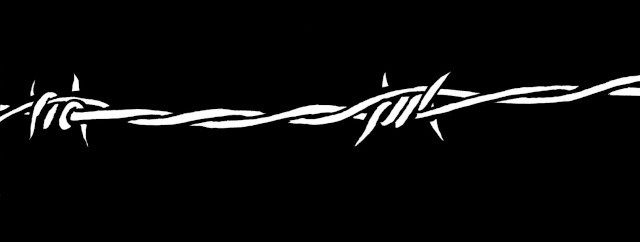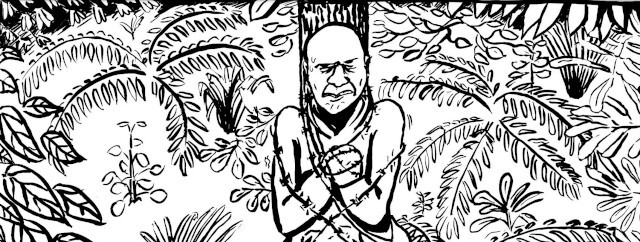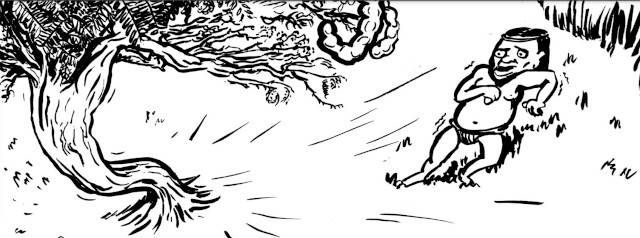Territorial exclusions
Racial inequalities and exclusions in Latin America are bound up with the politics of land distribution, land use, and territorial belonging. From the no-go-out exclusion zones of shanty towns to the sacrificial zones of neoextractivism that dominate rural areas across the region, racialised minorities are frequently forced to live on the margins and in the interstices of spaces dominated by white geographies.
In "Landscapes" we look at how racialized subjects are positioned within and alongside diverse landscapes in Latin American comics. We understand landscape here in the broadest sense, simply including a selection of images in which place is integral to meaning. Unsurprisingly, Latin American comics are extremely diverse in terms of the topographies they depict, not least given the size of the region. There is a long tradition of urban comics, from cityscapes inhabited by dandies, street children, and flâneurs, to the dystopian cities of science fiction, or the exclusionary cities of neoliberal urbanism. But there is an equally long tradition of rural landscapes, including jungles, pampas grasslands, or Andean highlands. And graphic explorations of territory in Latin America have also included far flung landscapes beyond the region, both rural and urban.

In - and out of - place
Taken collectively, white creators of comics frequently have a predetermined idea of where the racialized other seems to be "in place". Within the graphic spatialities of the page, writers and artists highlight the locations where the racialized other ‘should be’ (not just in the mountains, the jungle, or the shantytown, but also, in a conceptual sense, beyond the delimitations of modernity, or beyond the purview of the state). And they simultaneously flag up when racialized others are "out of place" (in the modern city; on lands being incorporated by the state for developmental capitalism; as disruptive presences on the extractive frontier). Racialized figures are frequently caught in a state of flux between belonging and exclusion. They are figures of displacement, constantly subject to violent incursions. Sometimes that violence produces the embodied experience of forced migration. But it can equally be a displacement in place, that is, a removal of the land on which they are standing, a form of extraction that is simultaneously an attack on cultural identity and racial heritage.
We also include here, therefore, examples of comics that make visible such territorial exclusions, using the frames, gutters, and borders of comics to push back against the frontiers, boundaries, and extraction lines referred to above. Here comics become an active and activist intervention, a reappropriation of the page/land that relocates in their rightful place those too often excluded from both the land and from the visual landscapes of comics themselves.




